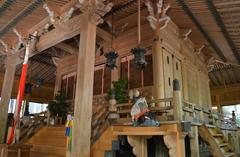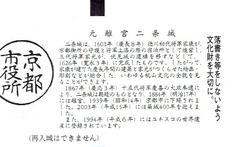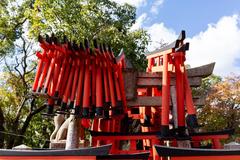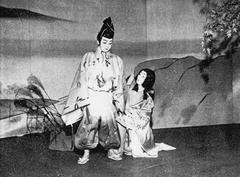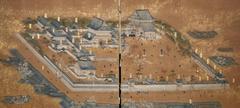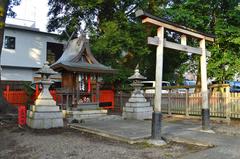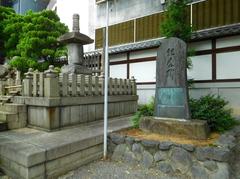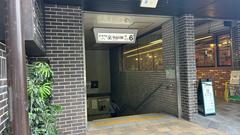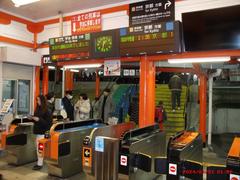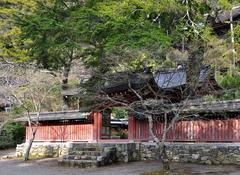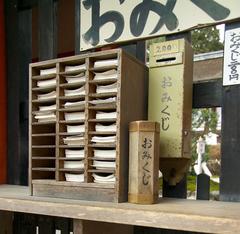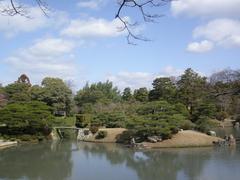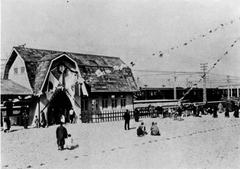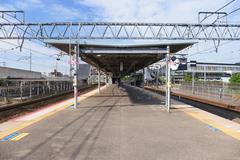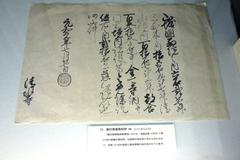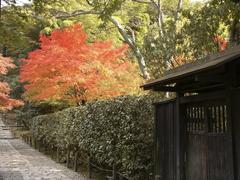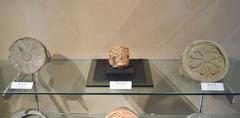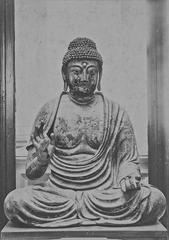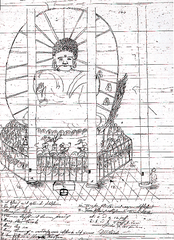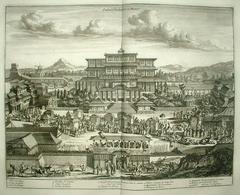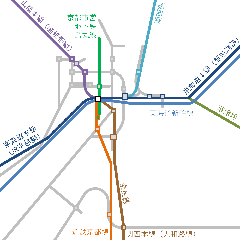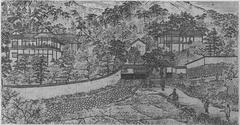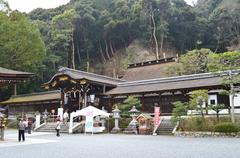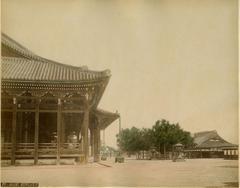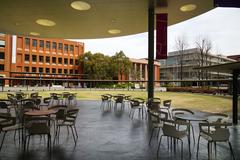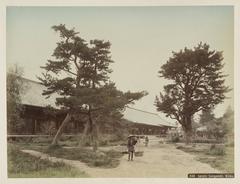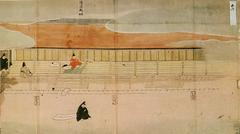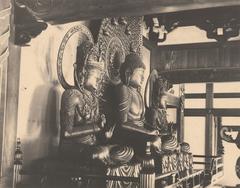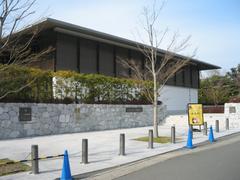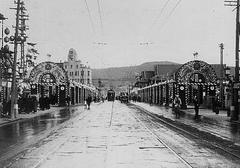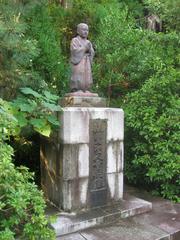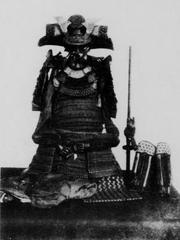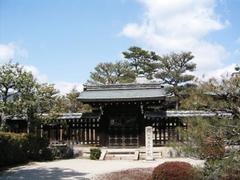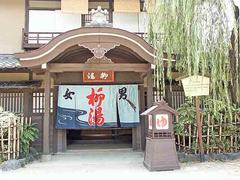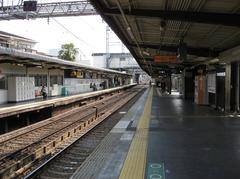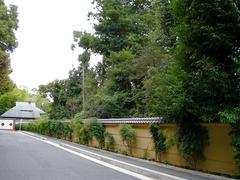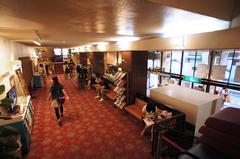
Kyoto Prison Visiting Hours, Tickets, and Historical Sites Guide
Date: 04/07/2025
Introduction: Kyoto Prison’s Place in Japan’s Heritage
Kyoto Prison stands as one of Japan’s most significant modern heritage sites, embodying the country’s transition from feudal punitive practices to a modern justice system. Established in 1908 during the Meiji era, the prison’s red-brick architecture reflects Western panopticon design principles, symbolizing Japan’s rapid modernization and legal reform. Unlike Kyoto’s renowned temples and shrines, Kyoto Prison represents the city’s embrace of legal, architectural, and societal transformation (Japan Ministry of Justice; Kyoto City Official Guide).
Despite its ongoing function as a correctional facility, Kyoto Prison’s historical and architectural value has led to its recognition as a tangible cultural property. Its distinctive presence in Fushimi Ward underscores Kyoto’s layered past, where tradition, modernization, and social control intersect (Kyoto City Cultural Properties; Overseas Attractions).
Public access to Kyoto Prison is limited, typically available only via special open days or guided tours requiring pre-registration. These rare opportunities offer educational insights into Japan’s penal system, architectural history, and evolving societal attitudes (Kyoto City Official Guide; Kyoto City Tourism Association).
This comprehensive guide explores Kyoto Prison’s history, visiting logistics, ethical considerations, and ways to enrich your visit with nearby historical attractions.
Contents
- Kyoto Prison: A Unique Historical Landmark
- Historical Development
- Meiji-Era Origins
- Architectural Evolution and Preservation
- Cultural and Social Significance
- Visitor Experience: Hours, Tickets, and Tours
- Access and Tour Logistics
- Accessibility and Guidelines
- Getting There
- Nearby Attractions
- Practical Tips and Ethical Guidelines
- FAQ
- Kyoto Prison in Broader Heritage Context
- Recommendations for Heritage Visitors
- Conclusion and Further Resources
Kyoto Prison: A Unique Historical Landmark
Kyoto Prison is one of Japan’s oldest operational correctional facilities. Its establishment in the late 1800s coincided with sweeping legal reforms that shifted the country away from feudal justice. The prison’s red-brick design, radial layout, and high walls are rare surviving examples of early 20th-century penal architecture in Japan (Kyoto City Official Guide).
Historical Development
Meiji-Era Origins and Early Years
The prison was established in 1908 as part of Japan’s post-Meiji Restoration modernization. It was designed to support evolving legal codes and correctional philosophies, promoting reform and rehabilitation over punitive measures (Japan Ministry of Justice). Its location in Fushimi Ward was strategic, providing access to administrative centers and transportation routes.
Architectural Evolution and Preservation
Kyoto Prison’s architecture is notable for its Western-inspired panopticon layout, with cell blocks radiating from a central observation point. Distinctive features include:
- Red-brick construction symbolizing modernity and permanence
- High walls and watchtowers for security
- Arched windows and decorative brickwork reflecting Meiji-era design
The prison expanded during the Taisho and Showa periods, adding workshops and medical facilities to support rehabilitation efforts. Preservation initiatives ensure that the original red-brick structures are maintained, with modern facilities discreetly incorporated to meet contemporary standards (Kyoto City Cultural Properties).
Cultural and Social Significance
Kyoto Prison is a powerful symbol of Japan’s journey toward modern legal order, having housed both political prisoners and common criminals through eras of social change. Its archives offer a window into the nation’s evolving approach to justice, and its architecture stands in sharp contrast to Kyoto’s traditional wooden temples and machiya townhouses (Kyoto Travel Guide).
Public perception of the prison has shifted over time—from a site of authority to an object of historical and architectural interest. Heritage tours and open days have increased awareness of its significance, drawing historians, architects, and culturally-minded visitors (Overseas Attractions).
Visitor Experience: Hours, Tickets, and Tours
Access and Tour Logistics
Kyoto Prison is generally closed to the public. Access is limited to special open days—usually one or two per year—when guided tours of select areas are offered. These tours provide insights into the site’s history and architecture, but require advance registration due to limited capacity.
- Visiting Hours: Open days typically operate between 10:00 AM and 3:00 PM. Confirm up-to-date schedules via official sources.
- Tickets: Admission is free, but pre-registration is mandatory. Details are posted on the Kyoto City Official Guide and Japan Ministry of Justice.
Accessibility and Guidelines
- Language: Most tours are in Japanese. English support (guides or materials) may be available on request; check in advance.
- Accessibility: Some historic buildings have limited wheelchair access, but efforts are made to accommodate mobility needs.
- Photography: Restricted in most areas. Follow all posted rules and staff instructions.
- Health & Safety: Comply with current health protocols, including mask-wearing and temperature checks.
Getting There
Kyoto Prison is located in Fushimi Ward. The nearest major station is Takeda Station (Kyoto Municipal Subway Karasuma Line, Kintetsu Kyoto Line), from which buses or taxis can be used for access (Kyoto City Transportation).
Nearby Attractions
Combine your prison visit with these local highlights:
- Fushimi Inari Taisha: World-famous Shinto shrine with iconic torii gates (Kyoto Travel Guide).
- Gekkeikan Okura Sake Museum: Explore Fushimi’s sake brewing heritage.
- Kyoto Railway Museum: Discover Japan’s transportation history.
Practical Tips and Ethical Guidelines
- Advance Registration: Open days fill up quickly; register as soon as details are announced.
- Dress Code: Wear modest attire.
- Security: Expect ID checks and security screening.
- Conduct: Maintain a respectful, quiet demeanor; avoid discussing inmates or ongoing legal matters.
- Responsible Tourism: Avoid sensationalism; focus on learning and preservation. Support local businesses and use public transport.
FAQ
Q: Can I visit Kyoto Prison anytime?
A: No, visits are only possible on announced open days or special events.
Q: Do I need a ticket?
A: Yes, advance registration is required. Tickets are free and limited.
Q: Are tours in English?
A: Primarily in Japanese; check for English availability in advance.
Q: Is photography allowed?
A: Generally prohibited except in designated areas.
Q: Is the site accessible?
A: Wheelchair access is limited in historic areas; contact organizers for details.
Kyoto Prison in Broader Heritage Context
Kyoto’s approach to heritage conservation includes both ancient temples and modern sites like Kyoto Prison. This reflects a comprehensive strategy to preserve the city’s full historical spectrum—encompassing spiritual, imperial, and judicial heritage (GCE Lab).
Recommendations for Heritage Visitors
- Monitor Official Announcements: Check the Kyoto City Official Guide and Kyoto City Tourism Association for open day schedules.
- Engage with Educational Programs: Attend heritage lectures or exhibitions for deeper context.
- Respect the Site’s Dual Role: Remember the prison’s ongoing function and the dignity of its staff and inmates.
Conclusion
Kyoto Prison offers a rare, meaningful perspective on the city’s journey through modernization, social reform, and legal evolution. Its preserved architecture and limited public tours provide unique opportunities for learning and reflection. By planning visits responsibly, respecting all protocols, and supporting sustainable tourism, visitors can help preserve this important part of Kyoto’s heritage for generations to come.
For the latest updates, ticketing information, and exclusive guides, download the Audiala app or follow official tourism resources.
Sources and Official Links
- Japan Ministry of Justice
- Kyoto City Official Guide
- Kyoto City Cultural Properties
- Overseas Attractions
- Kyoto City Government
- Kyoto City Tourism Association
- Visit Inside Japan
- Japan Travel News
- Kyoto City Transportation
- GCE Lab



